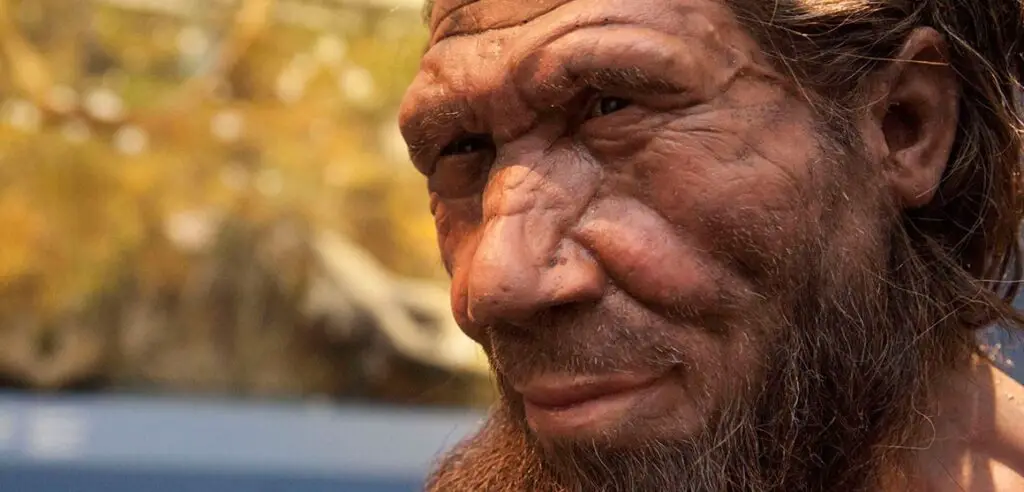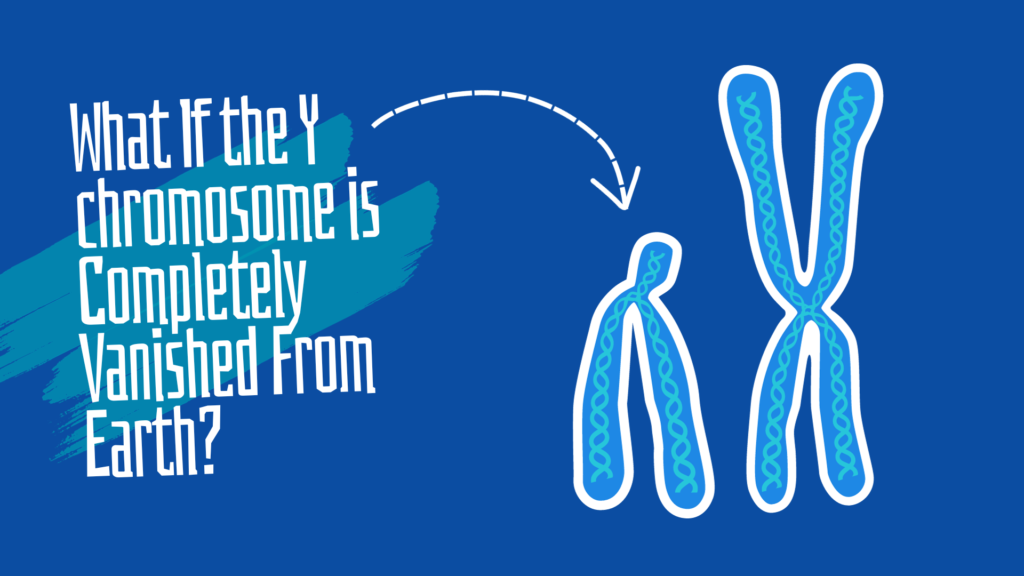Various archaeological theories suggest that Neanderthals became extinct, besides the adverse environmental conditions and a smaller population size, early humans are the reason for their extinction.
Dr. Josh Akey from University of Princeton and Dr. Liming Li from Southeast University challenged the present hypothesis and proved it wrong using an AI-based genome analyzer tool.
Previous research assumed that humans evolved in Africa and migrated only ~50,000 years ago. First, they reach the Middle East and then other parts of the world. The present research from Akey et al. raised a question about this assumption.
The research led by Akey J and team, using the IBDmix AI-powered genetic tool, showed three major inbreeding events ~250,000 years ago, ~120,000 years ago and ~60,000 years ago between the Neanderthals and modern humans.

Concluding these statistics, they showed that humans have been migrating in and out of Africa multiple times, and even before 50,000 years ago. Thanks to the new IBDmix tool.
The IBDmix system used 2,000 modern humans, 3 Neanderthals and 1 Denisovan sample to perform the evaluation. This also showed that the gene exchange was two-way and not unidirectional. Neanderthal samples also have a substantial amount of common DNA footprint with modern humans.
The present findings have been published in the Journal Science and demonstrated that 53.9 MB (2.5%) and 80.0 MB (3.7%) Vindija and Altai Neanderthal genomes have human-introgressed DNA sequences, respectively.
The present finding also raises a question on the theory of conflict and battles between Sapiens (other humans) and Neanderthals. “It was a two-way mutual relationship between both”, said Akey.
Neandertals were skilled in tool making, treating injuries and adapting to the cold climate. Their skills might be the reason humans developed a mutual relationship with them, learned skills and adapted to cold conditions.
The AI-powered tool IBDmix was used in this research to unfold the mystery of the complex relationship between these two. It actually enables scientists to map the gene flow between two different species. Again, using an entirely AI-powered algorithm.
One amazing feature of the present machine learning platform is that it doesn’t rely on the reference human genome data. It compares the genomic data between two samples, calculates the LOD score and shows the probability of sequence similarities due to IBD (Identity By Descent).
The team also showed that those living thousands of miles away from Neanderthal caves also have trace amounts of Neanderthal DNA.
These data showed that neanderthals might be in a peaceful relationship with other human species.
The skills were the major factors. However, due to their smaller population size and constant inbreeding, they were absorbed into the modern human populations and support the long-standing assimilation theory proposed by Fred Smith in 1989.
In conclusion, now, as per this research data, Neanderthals weren’t extinct, but they were absorbed into modern humans over the course of thousands of years and through inbreeding practices.
Source:
Liming Li et al., Recurrent gene flow between Neanderthals and modern humans over the past 200,000 years.Science 385, eadi1768(2024). DOI:10.1126/science.adi1768.

